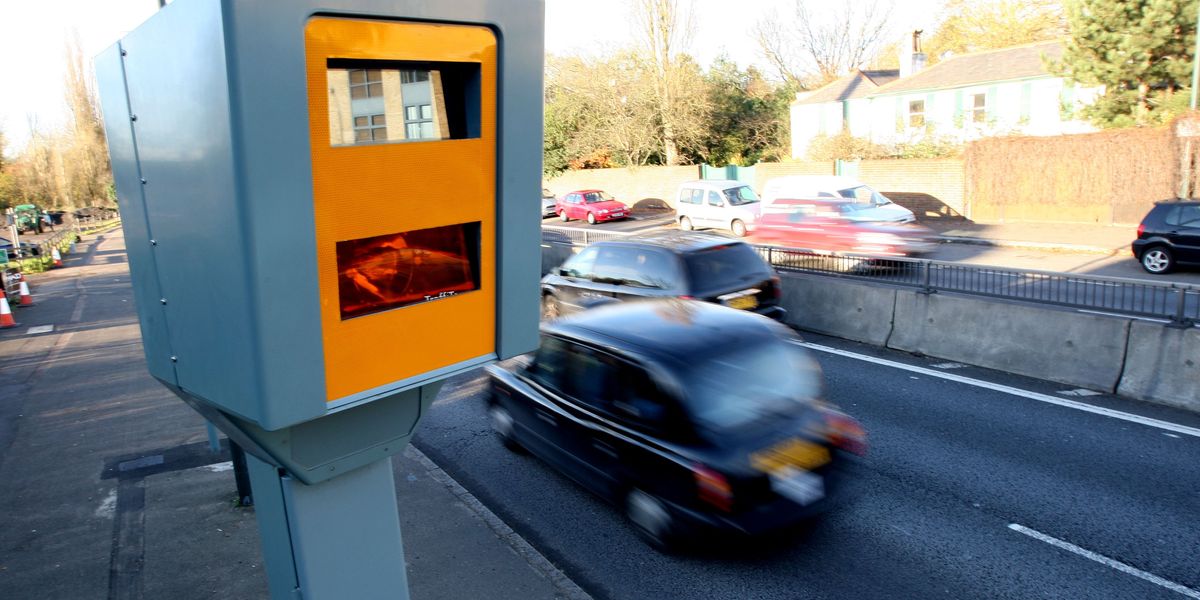Keir Starmer had assembled a leadership team about six months before the Ddecember 2019 general election that led to Jeremy Corbyn’s resignation as Labour leader.
The team, codenamed the “Arlington Group”, began planning in earnest how Starmer could capture the leadership from June of that year – including a detailed breakdown of how Labour’s membership could be convinced to support him.
The revelation is made in a new biography of the Labour leader, Keir Starmer: The Biography, by Tom Baldwin, a former journalist who served as one of Ed Miliband’s senior advisers during his time leading the party.
Related: Emotional, messy and breathtakingly ruthless: the hidden life of Keir Starmer
It details that the group formed as early as 2018 when the then Darlington MP Jenny Chapman – who would later become a member of Starmer’s frontbench team as shadow Brexit secretary – called him to ask if he had ever thought about being the party’s leader. He is said to have replied that is was something that he “might want to do”.
Meetings with a growing group of aides then began to take place on Monday mornings around the kitchen table of her home. Its codename was derived from the road in north London where one of the group lived.
Those involved said that there was never a plan to topple Corbyn – the failed coup against him in 2016 had proved that it would be almost impossible to do so. Starmer is also said to have refused to acknowledge at that stage that he would be running.
“Keir used to have this lawyerly phrase of: ‘I want to be in a position to consider standing – should a vacancy arise,’” said one of those involved.
However, the preparations being made for a leadership attempt kicked into another gear in June 2019 with the arrival of an official that Starmer referred to as “the new guy”. It turned out to be Morgan McSweeney, now Labour’s influential campaigns director. Some were initially sceptical of McSweeney, who had also overseen Liz Kendall’s ill-fated leadership challenge in 2015, when she won less than 5% of the vote as the most Blairite candidate.
However, he presented detailed research into the Labour membership – who would largely decide the identity of the party’s next leader – and how a winning coalition could be formed. “He got out his slide deck,” recalled Chris Ward, a former Starmer aide. “He ran through exactly where the membership was on every question, which bits of it we could get, which bits we couldn’t. It was brilliant. Afterwards, when we’re walking back, Keir had this little grin on his face, and was like: ‘D’you see what I mean now?’”
The revelations are most likely to anger the Labour left and supporters of Corbyn, who were often suspicious of Starmer and his team before the 2019 election. But allies of the Labour leader said that Starmer had never plotted against Corbyn. They said he had simply been preparing the ground for what he regarded as an inevitable leadership race should Labour lose the election.
The news comes after a previous revelation from the book that Starmer considered resigning in the wake of the 2021 defeat in the Hartlepool byelection, a seat that the party had held since its creation. It was lost as “red wall” seats continued to fall to the Tories under Boris Johnson’s leadership. The byelection marked the most serious threat to Starmer’s leadership to date and came before a series of Tory implosions that have since helped Labour win a string of byelections and open a double-digit poll lead.
Starmer was apparently persuaded to stay in post by aides and his wife, Victoria. Ward said: “Keir kept saying that he felt he would have to go, that the result showed the party was going backwards, and he saw it as a personal rejection. I told him it was far too soon for that kind of thing, but it was a rocky few hours.”












